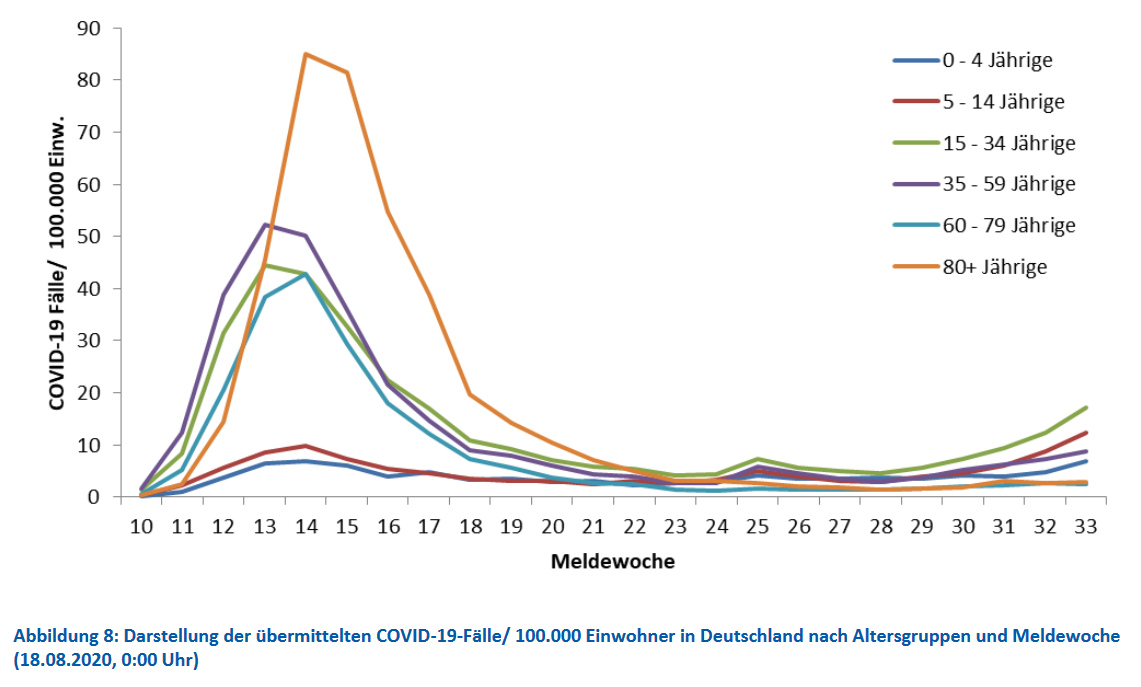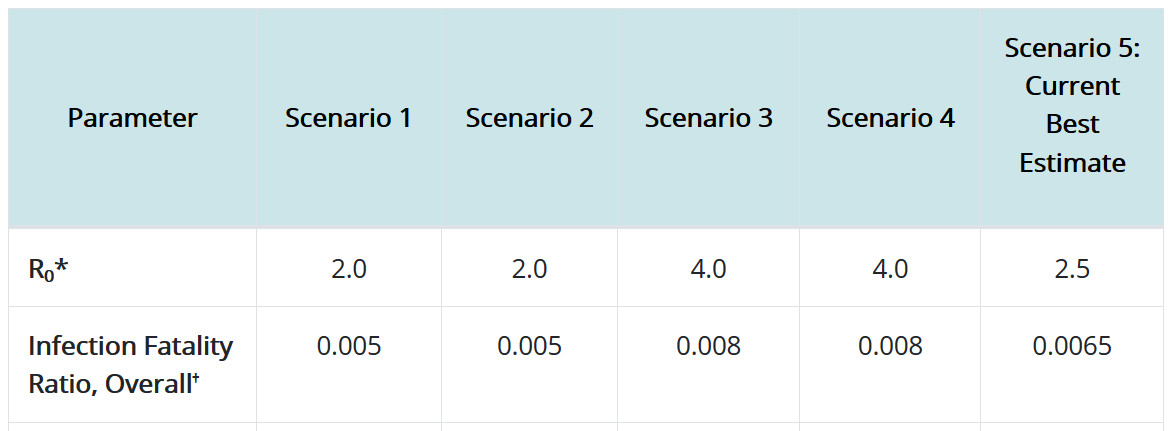
Some quick fact-checking on @SKMorefield's text:
- Charts about mask mandates and covid cases don't tell us much because, as noted, they don't have a control group showing what would have happened without mandates
- Causality between mandates and cases could run both ways
- Charts about mask mandates and covid cases don't tell us much because, as noted, they don't have a control group showing what would have happened without mandates
- Causality between mandates and cases could run both ways
https://twitter.com/ScottAdamsSays/status/1318161756032659456
- Once you add reasonable control groups, evidence points in favor of masks, e.g. nber.org/papers/w27891
- Denmark, Norway and Finland all recommend masks by now, not everywhere, not all the time, but reasonably
- Linked report about pneumonia due to masks is totally anecdotal
- Denmark, Norway and Finland all recommend masks by now, not everywhere, not all the time, but reasonably
- Linked report about pneumonia due to masks is totally anecdotal
- The global infection fatality rate reflects that much of the world is younger than the West, IFRs in our countries are higher and we have large older populations at high risk
- Sunetra Gupta has so far been wrong about everything, en.wikipedia.org/wiki/Sunetra_G…
- Sunetra Gupta has so far been wrong about everything, en.wikipedia.org/wiki/Sunetra_G…
- Claim that universal masking will be upheld even with an effective vaccine is speculative strawman
- 'It's tough on children' is the Helen Lovejoy argument and strawman, as nobody suggested masks are wonderful and without cost
- 'It's tough on children' is the Helen Lovejoy argument and strawman, as nobody suggested masks are wonderful and without cost
• • •
Missing some Tweet in this thread? You can try to
force a refresh








